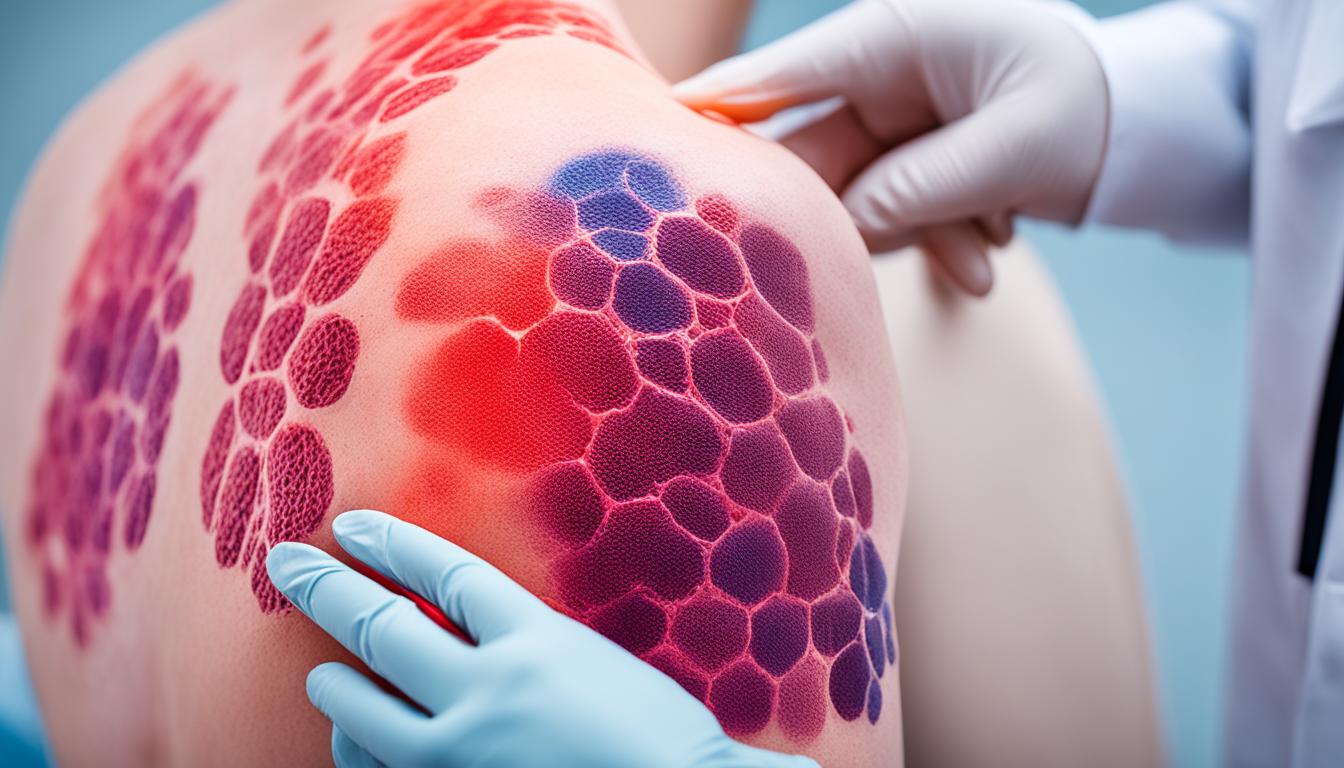Burns are a significant public health issue around the world. They lead to high rates of illness and even death. Burns’ severity can be grouped into degrees. First-degree burns impact the top skin layer. Second-degree burns reach deeper, and third-degree burns affect even more tissues.
People with burns often feel pain and see their skin red, swollen, and forming blisters. Burns stem from heat, electricity, chemicals, or radiation. Doctors assess burns by examining them closely. They then decide the best treatment. This might include managing the wound, removing damaged tissue, and using skin from elsewhere to help heal. But, the ideal treatment for severe burns remains uncertain.
Recently, stem cell therapy has shown promise in healing burn wounds. Research indicates that it can speed up the healing process, create new blood vessels, and decrease swelling. Stem cells taken from fat tissue or hair roots have been particularly successful in animal tests. Using stem cell therapy for burns might lead to a new treatment method in the future.
Key Takeaways:
- Burns can be classified into different degrees based on the severity of the injury.
- Symptoms of burns include pain, redness, swelling, and blistering.
- Burns can be caused by heat, electricity, chemicals, or radiation.
- Stem cell therapy has shown promising results in improving burn healing rate and reducing inflammation.
- The use of stem cell therapy in burn wounds has the potential to become a novel therapy in the future.
Mechanisms of Action of Stem Cell Therapy for Burn Wounds
Stem cell therapy helps burn wounds heal in several ways. A key way is by making new blood vessels (angiogenesis). This lets more blood flow to the wound, helping tissues to regrow.
Stem cells also dampen the body’s inflammatory response. This makes a better setting for healing. By controlling inflammation and boosting repair, they speed up how fast burns get better.
Stem cells aid not just by healing the surface but by boosting the matrix underneath. This matrix helps cells move, heal, and grow. So, by encouraging more of it to form, stem cell therapy bolsters the whole healing process.
Altogether, the new blood vessels, the lessened inflammation, and the stronger matrix bridge work together. They make stem cell therapy a powerful tool in healing burn wounds.
| Mechanism | Description |
|---|---|
| Angiogenesis | Formation of new blood vessels, improving blood supply and facilitating tissue regeneration. |
| Anti-inflammatory effect | Modulates immune response, reduces inflammation, and creates an optimal environment for healing. |
| Extracellular matrix synthesis | Enhances the production of structural support, facilitates cell migration, and promotes tissue regeneration. |
Conclusion
Stem cell therapy shows a lot of promise for treating burn wounds. Studies suggest that these cells can help wounds heal faster. They can also spur the growth of blood vessels, calm inflammation, and improve tissue regrowth.
But, we still need more research to know exactly how these benefits happen. We also need clinical trials to make sure it’s safe and works well for burn patients. With more progress in this field, stem cell therapy could be a key part of new treatments for burns.
Stem cell therapy could change how we treat burn wounds. The growth in regenerative medicine means there’s new hope for burn patients. By using stem cells, we’re opening the door to better treatments. These treatments could not only heal burns but also improve how patients live their lives.

